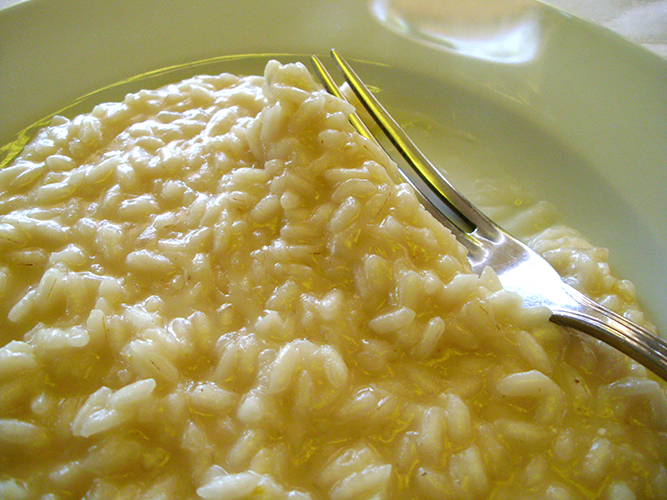Its not often I am stumped for words on wine! But my recent visit to Alto Piedmont had me schtum for quite a time – well at least when I was tasting wine! Let me fill you in on my adventure.
First a fight to Milano – meeting fellow wine scribes – heading north west for a couple of hours – destination the foot of the Alps towards the borders of Switzerland. This was new wine territory for me so I had my eyes peeled when in the mountains to gauge the soils, elevation, aspect, foliage etc. This would hopefully give me some idea what to expect from this stunning unspoilt area.
My research told me that this locality was famous for other great Italian wines namely Barolo and Barbaresco. These historic wines were situated to the south west of our destination. Albeit they are made with the same grape – Nebbiolo – I was eager to see if there was any resemblance.
Our accommodation was at the amazing Santuario di Oropa a wondrous collection of buildings, cloisters and Basilicas built over the past 300 years with pillar stones going back further to 1192. Our rooms at the hotel were once the dormitories of Monks with furniture and beds to match. Also housed in this extraordinary collection of buildings (at a height of 1,159 metres) we observed around eight restaurants, Ice cream vendors and Christian gift shops attracting different pilgrims and visitors all year round. We were certainly in a very special place.
The morning beckoned as we visited an intriguing collection of wineries some ensconced in villas of great import, others in restoration and one being built from new. We were near Lessona, to me a totally unknown district, named after the town, home to a north/south cigar shaped area of land that has around 8 hectares of grapes planted. This equates to about 12 football pitches!
This is beyond tiny! As we visited and walked the vineyards we realised we were in a very special place one which was in the early stages of restoration. So what happened to what might have been prolific vineyards of yesteryear? One word – Textiles; we were in a district that had started to abandon the vineyards around 70 years ago replacing them with natural woodlands and sheep grazing.
A similar fate became the neighbouring district to the east namely Bramaterra. Apart from a handful of estates grape growing simply dried up. Kaput! Vanished! No wonder few of us know about this historic area that before was as famous as Barolo and Gattinara.
70 plus years on a small dedicated bunch of land owners and wine makers have started to transform the lost vineyards and create the historic wine of yesteryear. Along the way seeking permission to cut down forest plantations and re-plant ancient vineyards. This is hard and costly work in an industry used to giant vineyards and computer driven wineries; this is thinking small! Step by step and plenty of graft we now have wines bearing the names of Lessona and Bramaterra that had all but disappeared.
With the great noble grape (some would say Italy’s greatest grape) Nebbiolo also known locally as Spanna, being the main source of fruit they have a chance of making something special, something age worthy, something worthwhile.
So armed with these extraordinary grapes we must now take a look at the soils to see what this combination can produce. Lessona consists of marine sand, clay and silt whilst Bramaterra (not far away) consists of mainly red minerally soils. Both are acidic, the climate is quite temperate as it enjoys a long growing season the grapes being ready to harvest around October. This combination of vineyard knowhow plus low yields and hand picking make for top drawer wines. Next week I will explain why these wines are special; how they taste and why have they become sought after as the wine hunters quarry?

